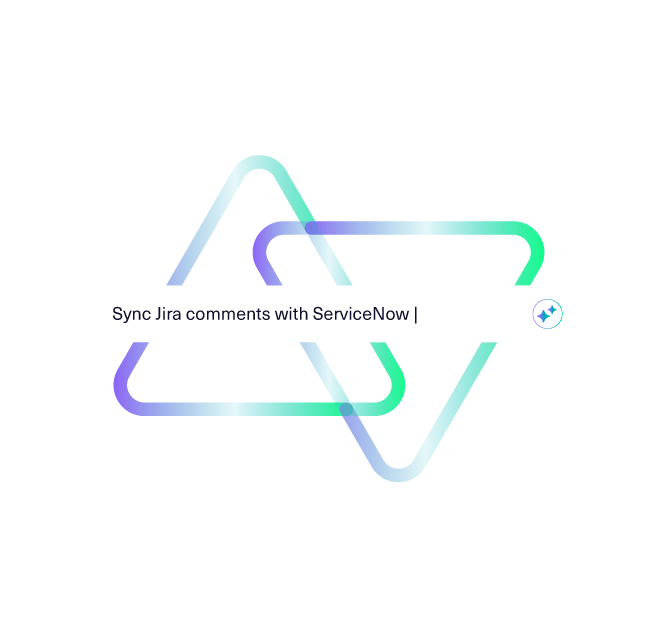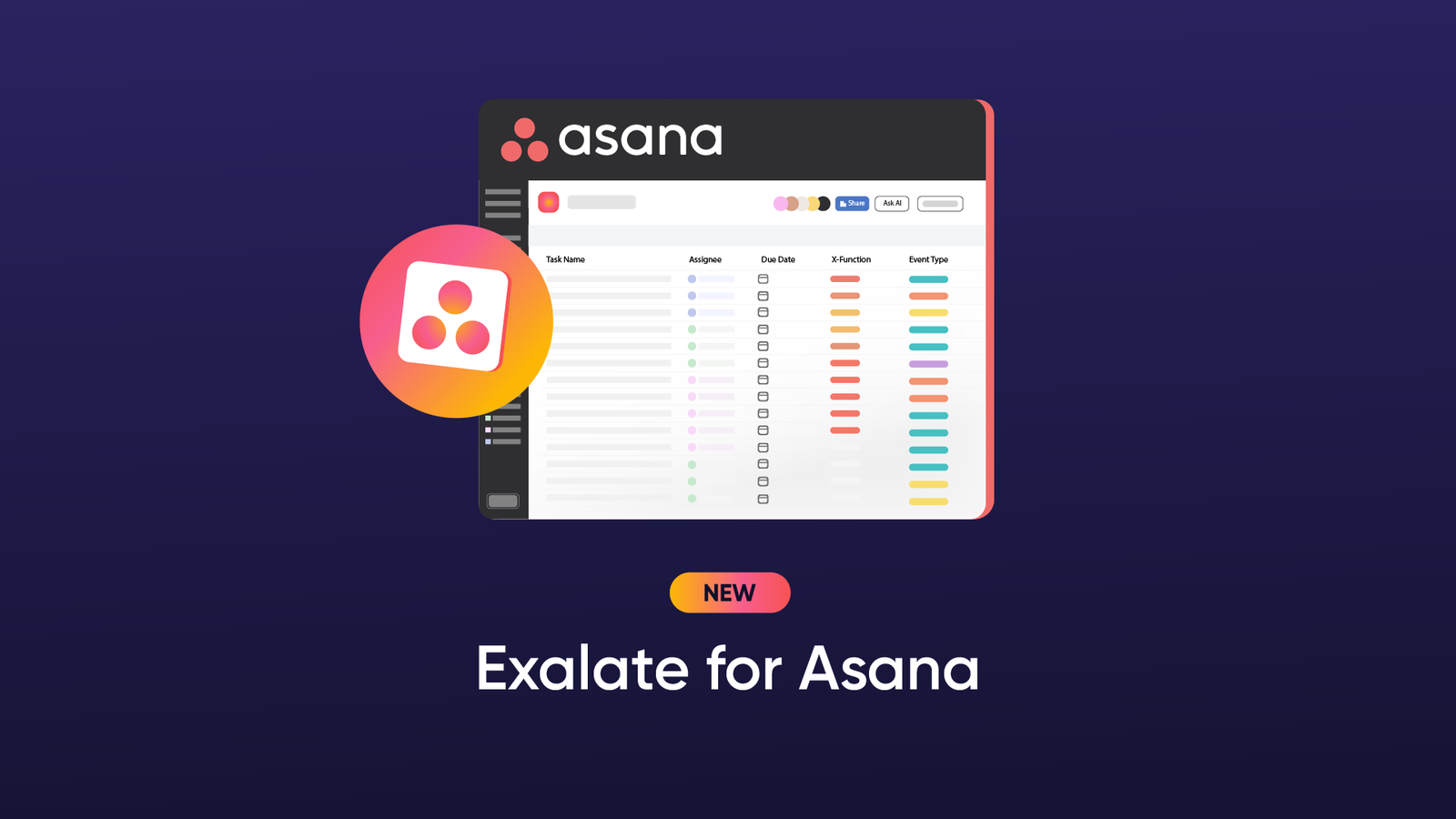Integrating different systems has become one of the biggest challenges for businesses. Managing multiple platforms is tricky enough, but getting them to talk to each other seamlessly?
That’s a whole different game.
And let’s be honest, setting up integrations is rarely straightforward. It can feel like trying to fit puzzle pieces that don’t quite match.
To transform the conventional ways of integration, software vendors have started introducing AI-powered integration, which brings the power of AI into the integration landscape.
If you’re curious about what AI-driven integration is all about, you’re in the right place.
We’ve gathered everything you need to know about this growing trend, along with some real-world examples to show it in action.
What is AI-powered Integration?
AI-powered integration is the process of using artificial intelligence to automate and improve the integration of different systems, applications, and data sources that organizations use every day.
AI-powered integration works differently for every integration.
For example, AI might help build quick, low-code connectors for new systems. Or, it can go deeper, auto-generating custom scripts to handle complex integration use cases.
Traditional integration methods often involve labor-intensive self-serve coding, complex configurations, and ongoing maintenance.
AI changes this game by leveraging machine learning algorithms, natural language processing, and other advanced techniques to simplify data mapping, automate workflows, and reduce human errors.

AI-Powered Integration Features
Let’s break down the key features of using AI in data integration:
Smart Data Mapping
One of the biggest headaches in integration is ensuring data fields match up correctly across systems. AI can analyze vast amounts of data, finding correlations and creating mappings automatically. It also offers suggestions when systems use different terminology for the same data points.
Error Detection and Correction
When you’re dealing with large volumes of data, mistakes happen. AI is excellent at spotting anomalies that might slip past human oversight. For instance, if a particular entry keeps failing, AI can flag the issue, suggest fixes, or even correct the problem itself.
AI-powered Business Process Automation
AI can automate business processes and make real-time decisions based on incoming data. In areas like supply chain management, this means systems can adjust workflows on the fly—saving both time and money without human involvement. Additionally, as businesses increasingly adopt AI to streamline workflows, many turn to AI integration services to embed machine learning models, natural language processing, and automation into their existing IT ecosystems.
Predictive Insights
AI can forecast potential problems before they disrupt your business. By analyzing historical data, it identifies trends and alerts teams to issues before they happen. This kind of foresight keeps everything running smoothly.
AI-assisted integration is no longer a futuristic concept—it’s actively being implemented in the integration industry today.
Let’s explore a few real-world applications.

Practical AI-Powered Integration Use Cases
Here’s how different teams can use AI-assisted integration to their advantage.
Support and Development Teams
Often support agents are the first point of contact for customer issues. Sometimes, certain issues need to be handed over to the development team.
Say, an incident of Priority 1 is created in one system and has to be instantly reflected in the other system based on the logic you define. The logic can be as simple and as complicated as it can be, for instance, sync only internal comments between Jira and ServiceNow or map and sync statuses along with the SLA information between systems.
Using AI to automatically generate scripts for such workflows would help set up an advanced integration in a matter of minutes.
Engineering and QA Teams
Engineering and QA teams need to incorporate testing activities into the development lifecycle, ensuring a seamless transition of features from development to testing and finally to production.
With the help of AI-assisted integration, these teams can maintain consistency in their release processes and ensure sprint integrity, all in a timely manner.
Sales and Customer Success Teams
Sales teams often log important customer information in systems like Salesforce. Customer success (CS) teams using a completely different system might benefit from customer-centric queries, feedback, etc.
Through AI-powered integration, you can ensure the CS teams proactively have customer insights handy whenever needed for a richer customer experience.

The Benefits of AI-Powered Integration
So, why should businesses adopt AI-powered integration? Here are a few points to consider:
- Efficiency: You can automate routine integration tasks using AI thus freeing up time and resources you’d otherwise need to set up integrations. In turn, teams can focus on strategic priorities.
- Scalability: Businesses grow and so do integrations. Using AI you can scale your integration as IT environments become more complex. AI-powered integration solutions can scale to handle new systems and data sources without the need for extensive configuration.
- Cost Savings: AI-powered automation reduces the manual effort required to create an integration. You can then avoid costly errors, lower project costs, and boost ROI.
- User Friendly: It’s obvious that using AI for integration makes it more accessible to a variety of users, with differing technical expertise.
- Time Savings: AI-powered integration setups are faster and easier than traditional methods.
Practical Steps for Implementing AI-Powered Integration
If you think you’re ready to explore AI-powered integration, here’s how to get started:
Evaluate your Integration Needs
Evaluate your current integration pain points and identify relevant use cases. Answer questions like: where can AI make the biggest impact?
Select the Right AI-powered Automation Solution
Always consider AI-powered solutions that fit your business needs and technical environment well. Make sure it’s easy to use, scalable, and has good support.
Start Small, then Grow
It’s always better to test AI-powered integration in only one area first, say for a specific business domain or a single use case. Once you start seeing the benefits, gradually scale it across other areas.
Train your Team
Don’t forget to prepare your team with the right skills to manage integrations using AI technology. This is an important step to ensure you get the most out of AI.
Monitor and Refine
Always monitor how your AI-powered integration performs. Use what you learn to refine and optimize over time.
AI Assist from Exalate: Simplify the Scripting Experience
Exalate is an integration solution that helps connect different tools like Jira, Salesforce, ServiceNow, Azure DevOps, Zendesk, etc. It ensures that teams using these systems can stay aligned without the need for manual data transfer.
For those familiar with Exalate, you know that its Script mode is based on Groovy scripting that allows you to implement deep integrations between different systems, so you don’t have to squeeze out your requirements through the possibilities of the integration tool.
However, writing those scripts can sometimes be a challenge.
That’s why Exalate developed AI Assist, an integration co-pilot that helps administrators create integration scripts more efficiently. Embedded as a chat window in the scripting interface, AI Assist analyzes user input and suggests scripts based on existing configurations.

What Does AI Assist Do?
AI Assist simplifies the script creation process by analyzing the user’s input for their specific use case and suggesting configurations and scripts that are easier to create and maintain.
This makes the entire scripting process more efficient and less error-prone.
Here’s how AI Assist works:
- Step 1: Enter your sync requirements into the AI chat window. Make sure you’re clear and provide as much information as possible.
Keep in mind that AI Assist, like any AI, isn’t flawless. The more precise and detailed your prompts, the better the results will be. - Step 2: AI assist automatically generates the sync scripts for you, considering the existing configurations and Exalate’s scripting API. In a simple color-coded manner, you can visualize the suggested scripts and understand what needs to be added or deleted.
- Step 3: You can choose to discard the AI suggestions completely or accept and publish the scripts if everything looks fine. You can always go back and refine your prompts until the output meets your expectations.
By utilizing AI Assist, Exalate Administrators can achieve more accurate configurations with less effort.
This tool enhances productivity, reduces the chances of errors, and ensures a more satisfying user experience. It’s a step forward in making complex integrations simpler and more accessible for all users.
The Future of AI-Powered Integration
The future of using AI for integrations looks bright and will keep growing. As technology develops you can expect advanced automation, more sophisticated results, and deeper integration capabilities. The sooner businesses adopt AI-powered integration, the better equipped they will be to handle any complexities.
Conclusion
There’s more to AI-powered integration than meets the eye. You can experience benefits like greater efficiency, scalability, and cost savings within your integration environment, making it more intuitive and human-friendly.
If you think you’re ready for AI-powered integrations, let’s talk.



